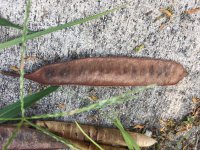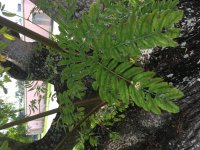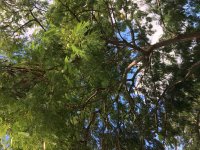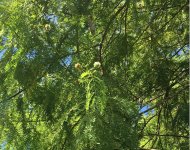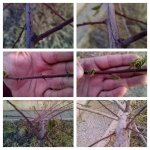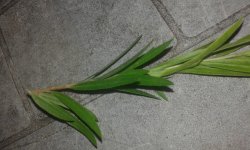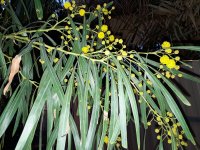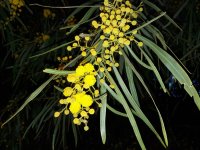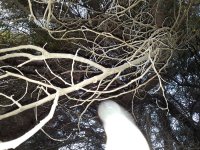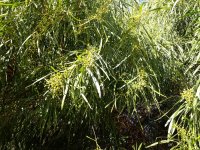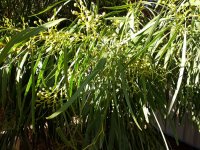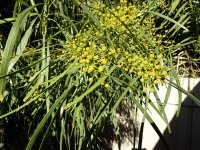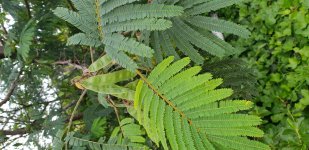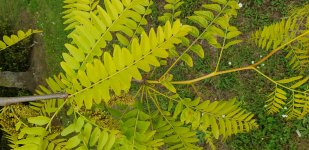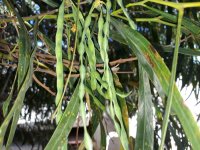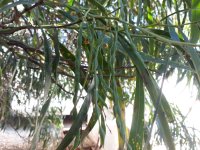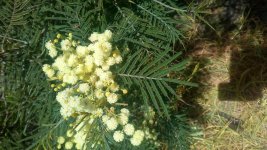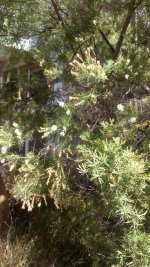Lupis Arante
Rising Star
..Simply_Me..
That does not look like an acacia to me.
..Venternator..
..Regarding post #1228..
That to me looks like an A.Longifolia
..Regarding post #1229..
Seeing these amazing species cut down is painful... The species in image 6 is a very immature A.Obtusifolia (Blunt leaf wattle), images 28 and 29 MAY be an A.Maidenii, however, these are identifications based loosely on limited information. I urge you to challenge my identifications. There is a vast ocean of information about wattles available on the internet and in our humble forums. Look for an identification guide and do the field work to identify them. I hope this helps.
That does not look like an acacia to me.
..Venternator..
..Regarding post #1228..
That to me looks like an A.Longifolia
..Regarding post #1229..
Seeing these amazing species cut down is painful... The species in image 6 is a very immature A.Obtusifolia (Blunt leaf wattle), images 28 and 29 MAY be an A.Maidenii, however, these are identifications based loosely on limited information. I urge you to challenge my identifications. There is a vast ocean of information about wattles available on the internet and in our humble forums. Look for an identification guide and do the field work to identify them. I hope this helps.

